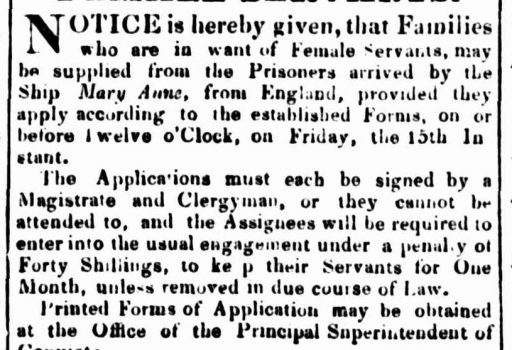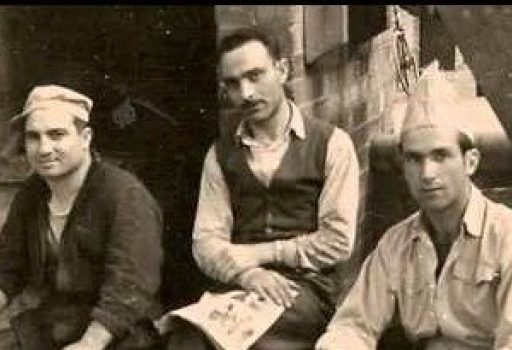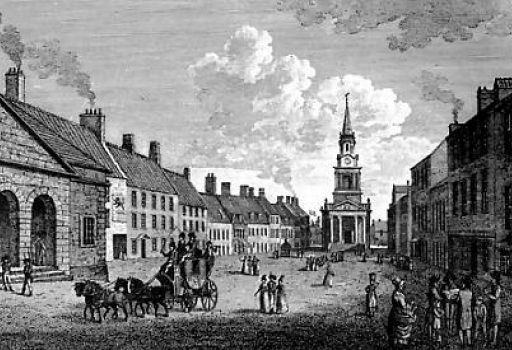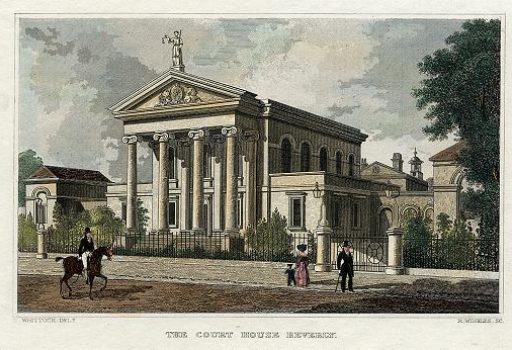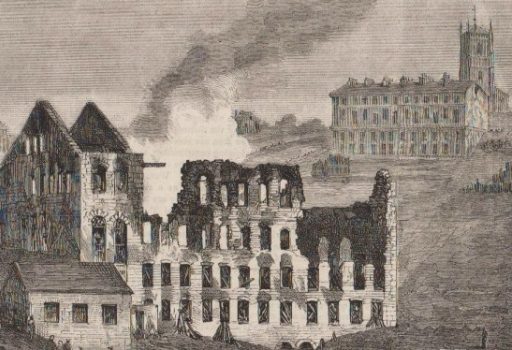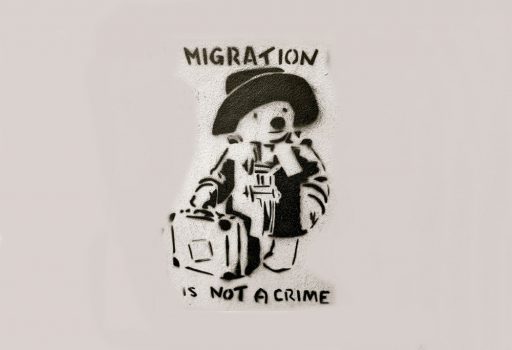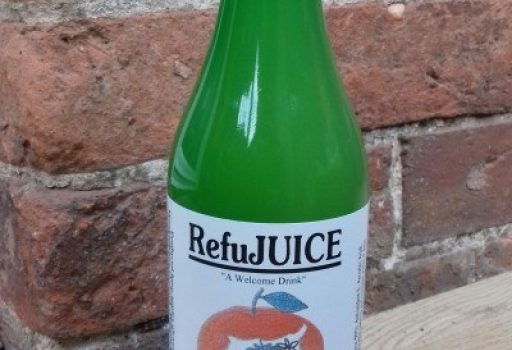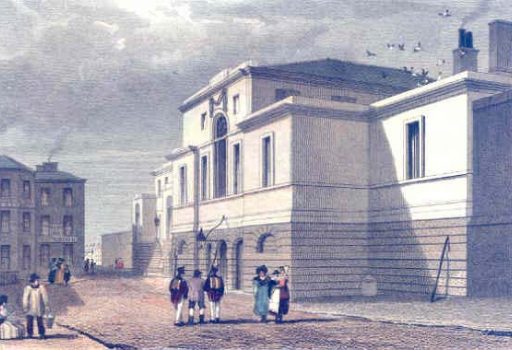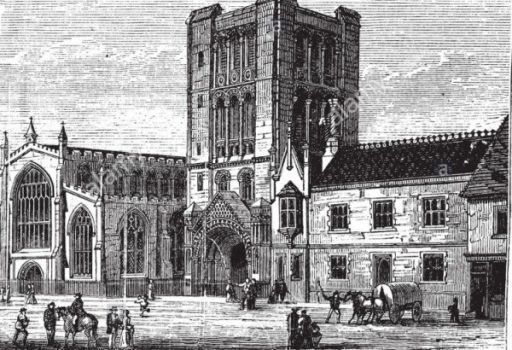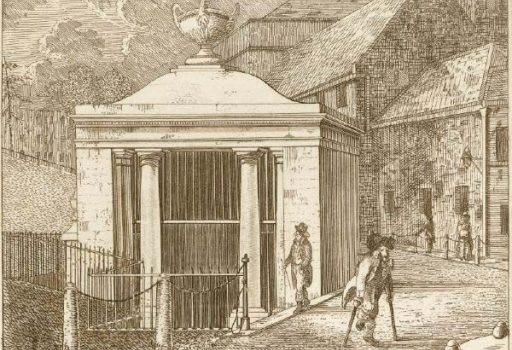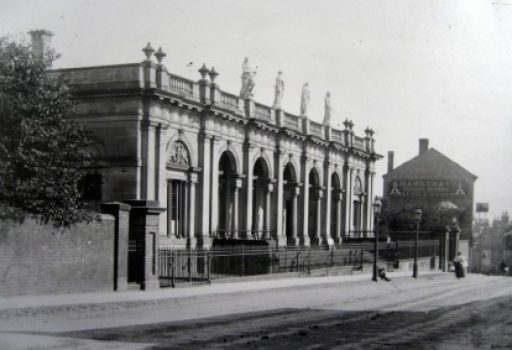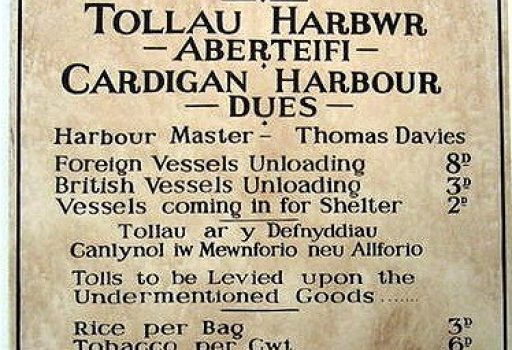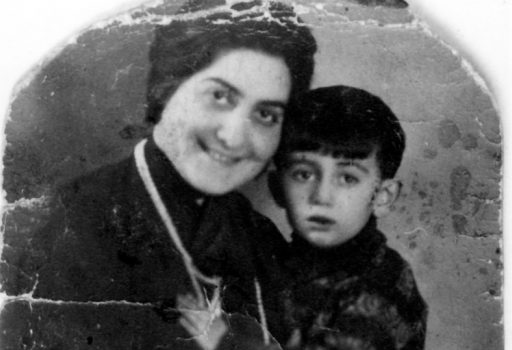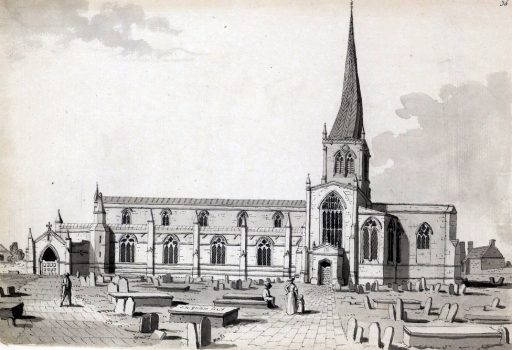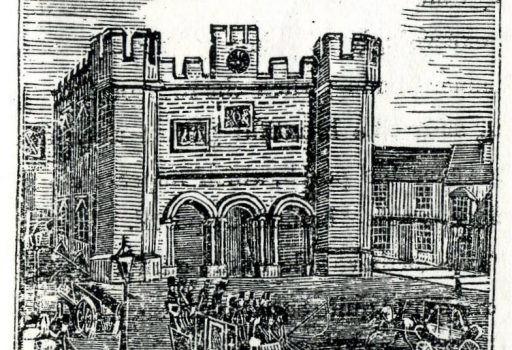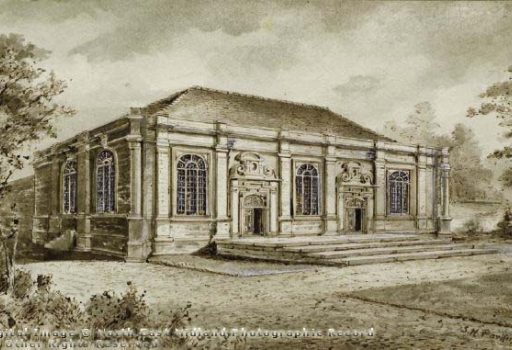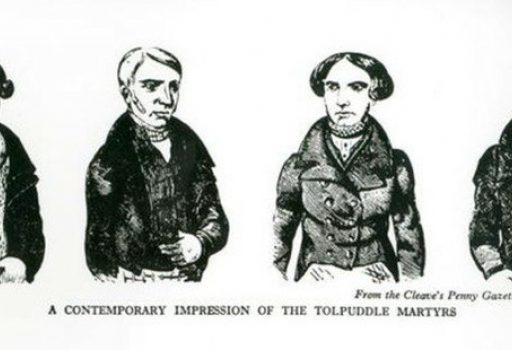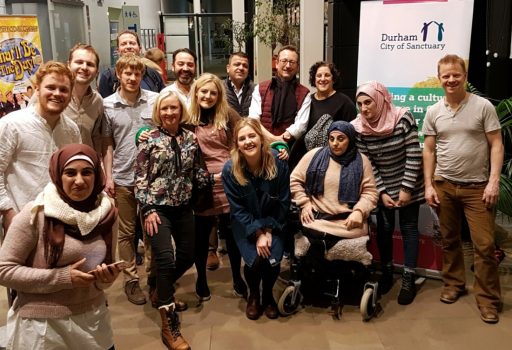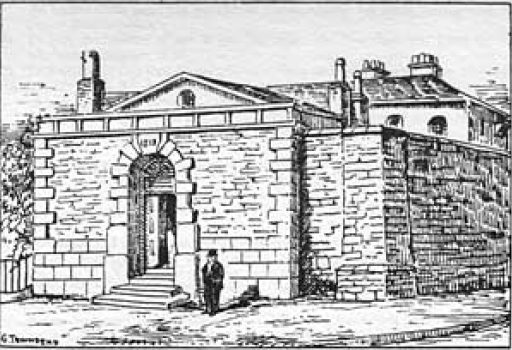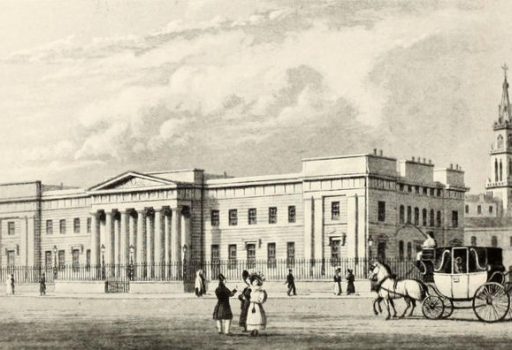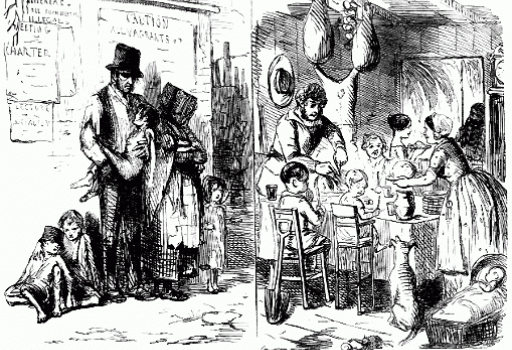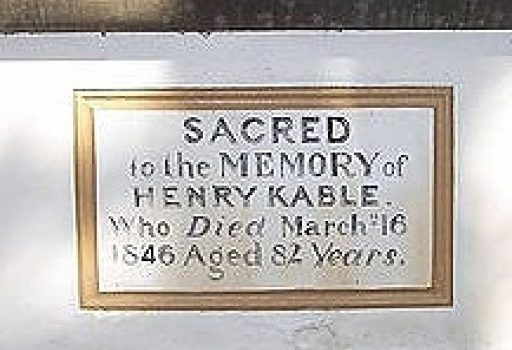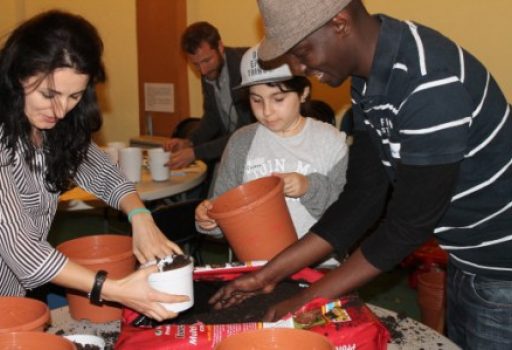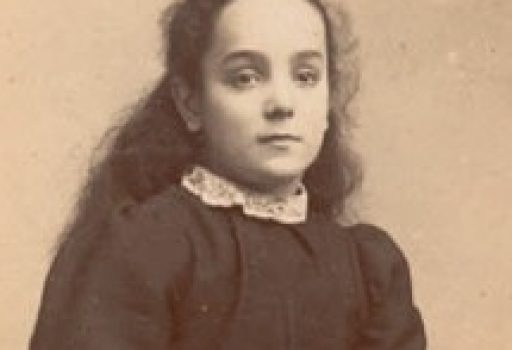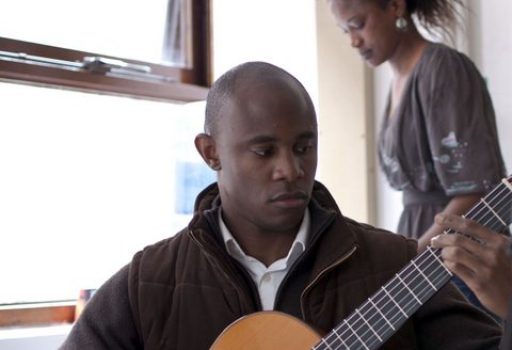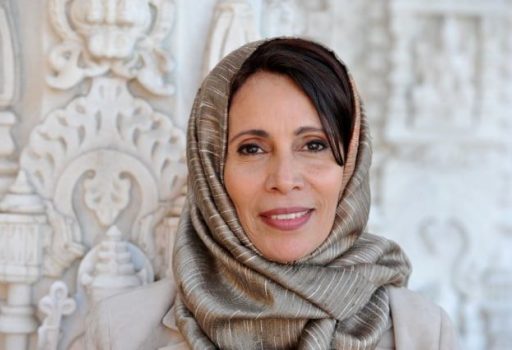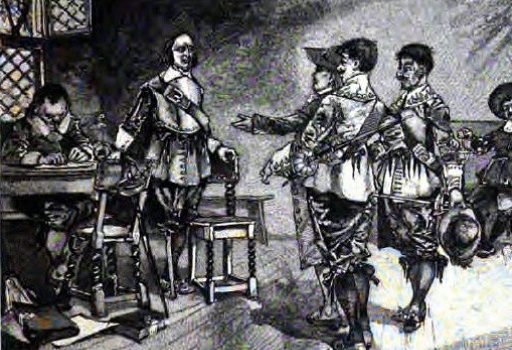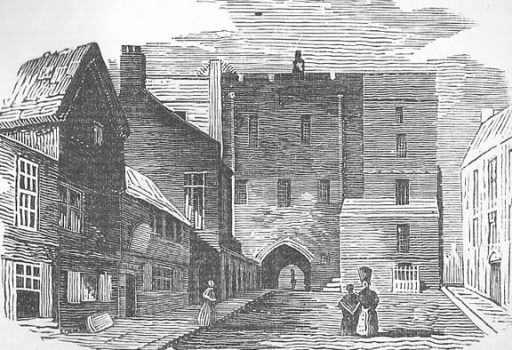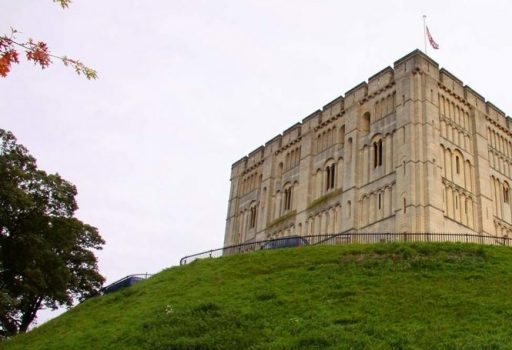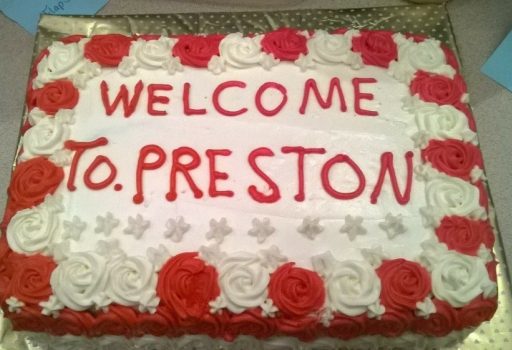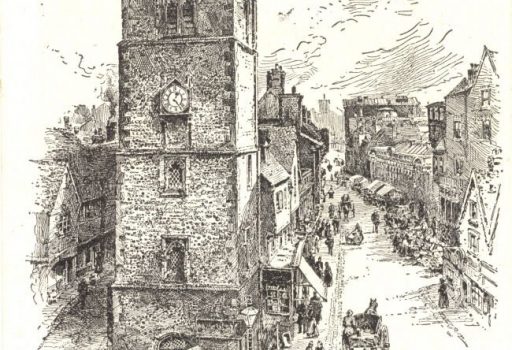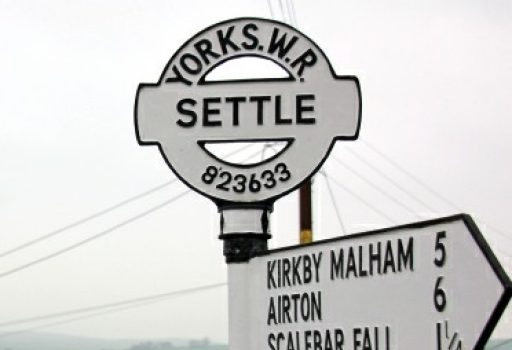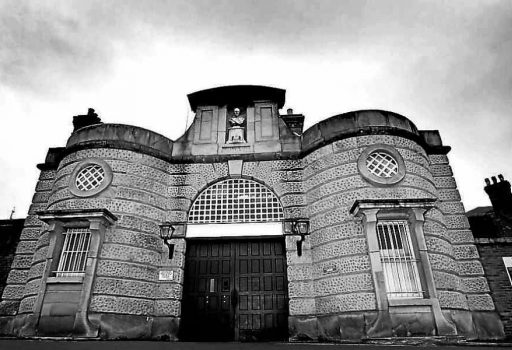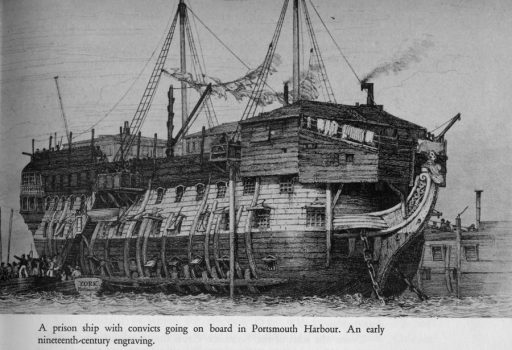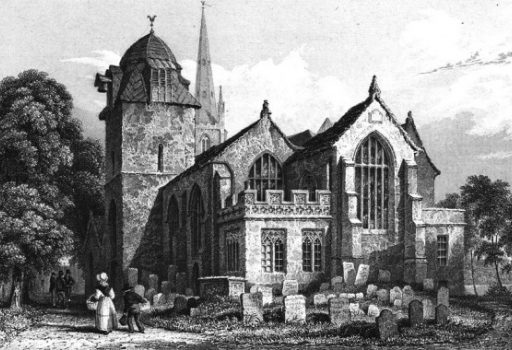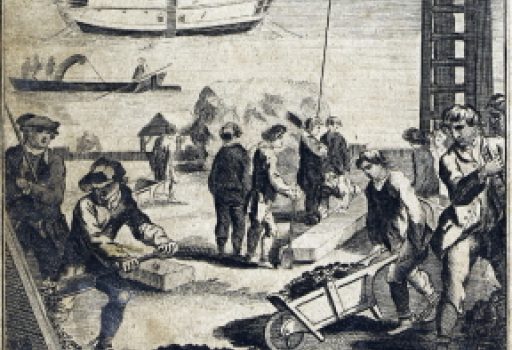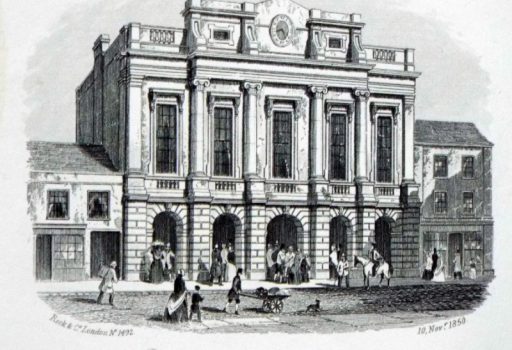We're delighted to bring Human Cargo to the Ropetackle Arts Centre in Shoreham-by-Sea on 7 June. Our partner is Brighton & Hove Sanctuary On Sea, which brings together many groups and individuals working to support those who come to the area for their safety.
Around 250 men and 40 women were transported from the Brighton area to Australia.
SOPHIA CLIFTON and OLIVE KING were teenage inmates of the Brighton Workhouse. At the Sussex quarter sessions in 1839 they were convicted of stealing clothing worth only a few shillings and sentenced to 14 years transportation to Australia. They arrived on the Mary Anne, whose cargo of women prisoners was immediately advertised for use as servants. Unofficially, the women were also intended to become wives of convicts who had finished their sentences. Within six months Sophia had married such a man, William Palliser. Their story is a clear example of Britain exiling young women on flimsy pretexts to provide labour for the colonies.
Stonemason JAMES WIGGINS was convicted of attempted robbery in Brighton in 1830 and sentenced to 14 years transportation to Van Diemen’s Land. He left on 5th March 1831 on the Argyle. His wife and four children left four months later 22nd July on the Strathfieldsay, travelling as free settlers. He received his Free Certificate, or full pardon, in 1852 and died in 1899 at the age of 98.
HENRY BOURNE was a coach painter from New Shoreham. When he was 21, in 1833, he was shipped to New South Wales aboard the Fairlie to serve a 14 year sentence for housebreaking. In Australia he worked droving cattle, first in Bathurst – the country’s oldest inland town, founded in 1815 – and later in Warroo. He married late and was 48 when the first of his four children was born.
TEHMTAN FRAMROZE came to the UK in 1964 from Zanzibar. Trained as a librarian, he has also worked as a Labour Councillor and Mayor of Brighton & Hove. When revolution came to Zanzibar in 1964, Framroze was studying in Uganda. Fearing to return home, he spent two more years in Kampala then headed to Britain to study librarianship and information science. He was then asked to create a research centre for African and Asian studies at the University of Sussex. Brighton became his home and he has since, like many Zoroastrians, worked hard to support his community. At one point as a councillor, he chaired the large local housing authority. Later he was elected Mayor. As part of his work to support voluntary organisations, he helped raise significant capital to create a building which could provide community groups with low-cost accommodation. As chair of the Black and Ethnic Minority Council, he also enabled ethnic community groups to benefit from their own centre. This information is taken from an interview Tehmtan Framroze gave to the University of Sussex’s Migrants’ Life Story project.
